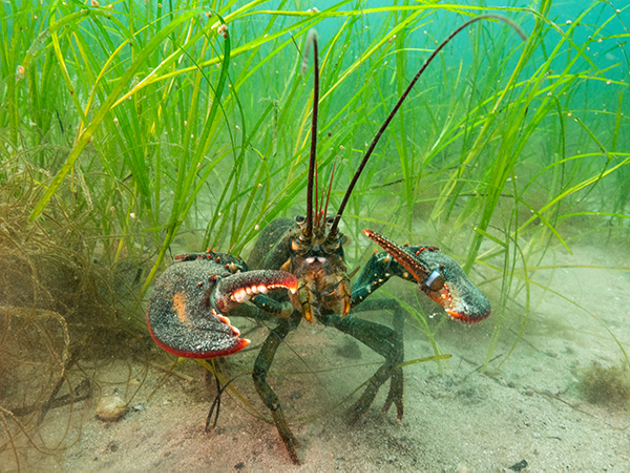CBC Radio
Mainstreet Nova Scotia
February 12, 2020
Not only seagrasses the only type of plants that flower underwater, but they could be the oldest known organisms on our planet. “The value generated by seagrass is among the highest of any habitat in the world,” explains Worm. The ecosystem services provided by seagrass meadows (such as nursery habitat, spawning habitat, and carbon sequestration) are so valuable that they are valued “in excess of $20,000 per hectare, per year.”
In terms of Owls Head Park Reserve, Worm says”[w]hen we think about doing something to that protected land it’s not just about the land, it’s also very strongly connected to the underwater habitat nearby” which could be “very harmful for the seagrass that lives there.”
Listen Now
(more…) 


